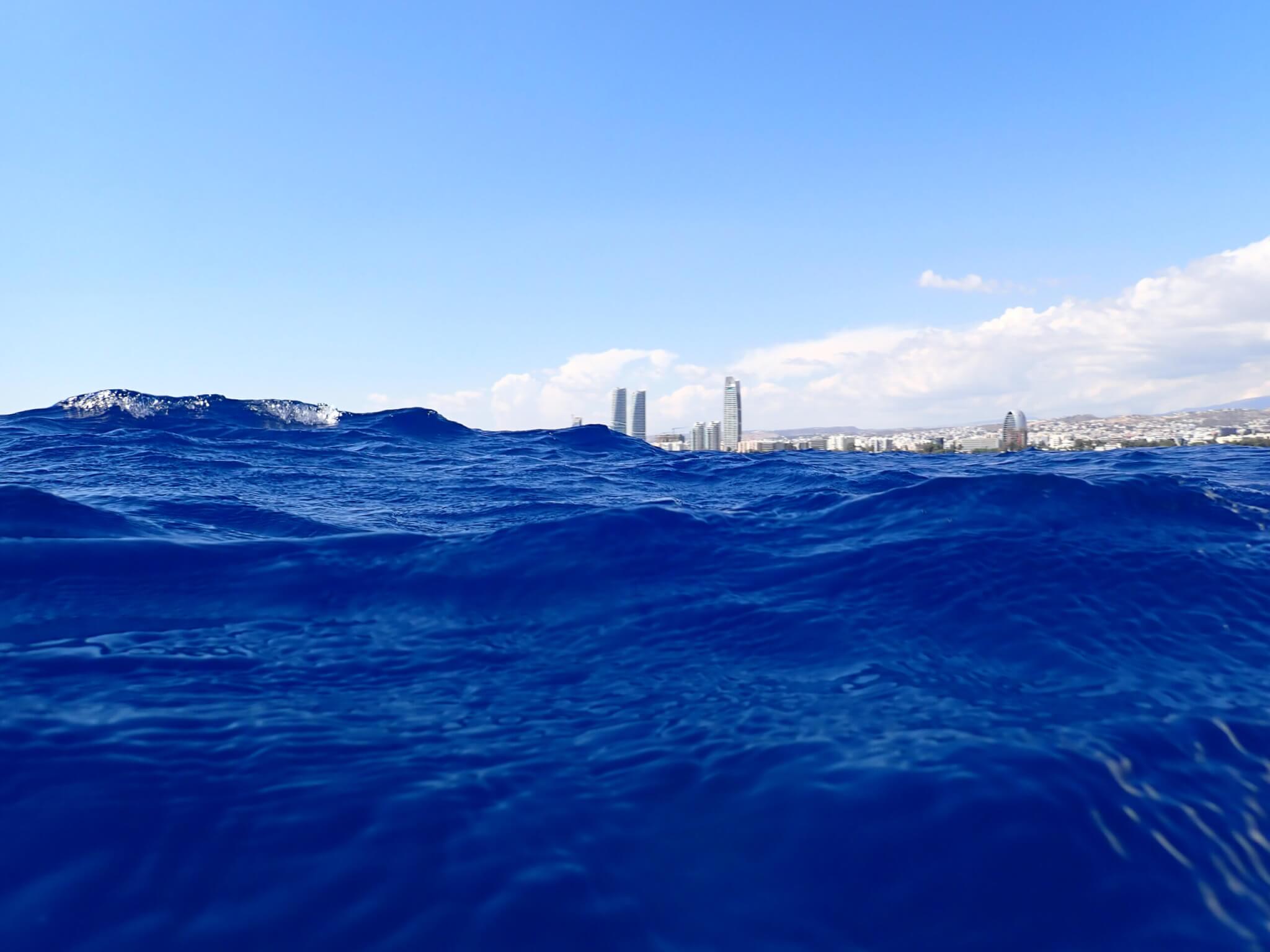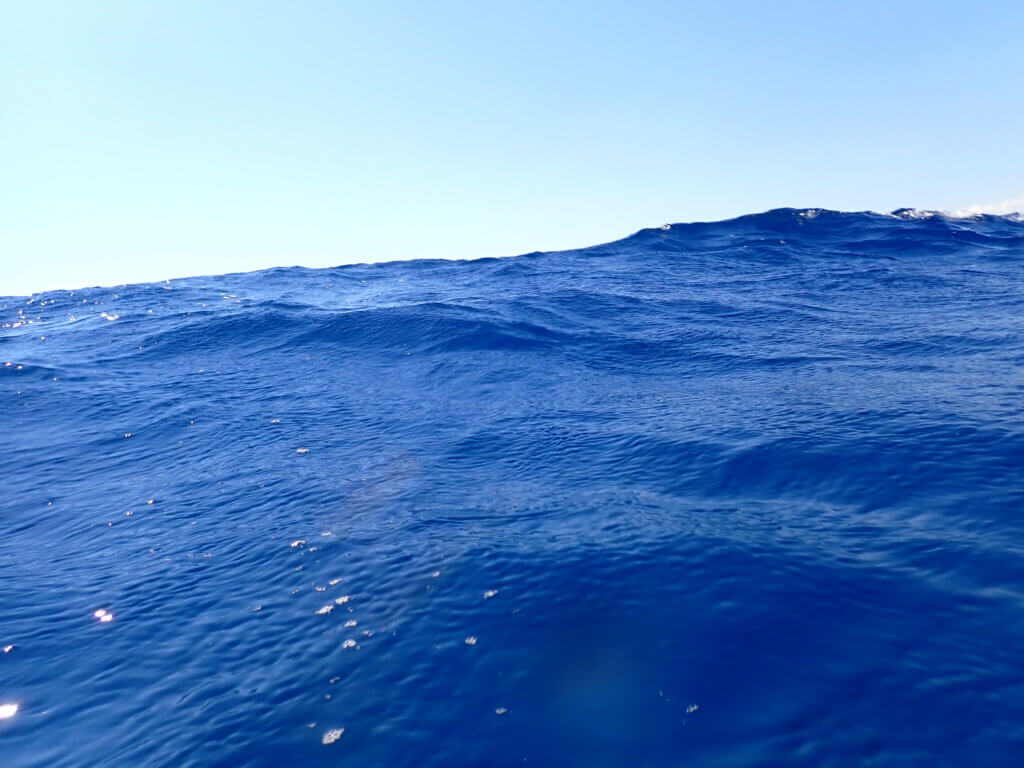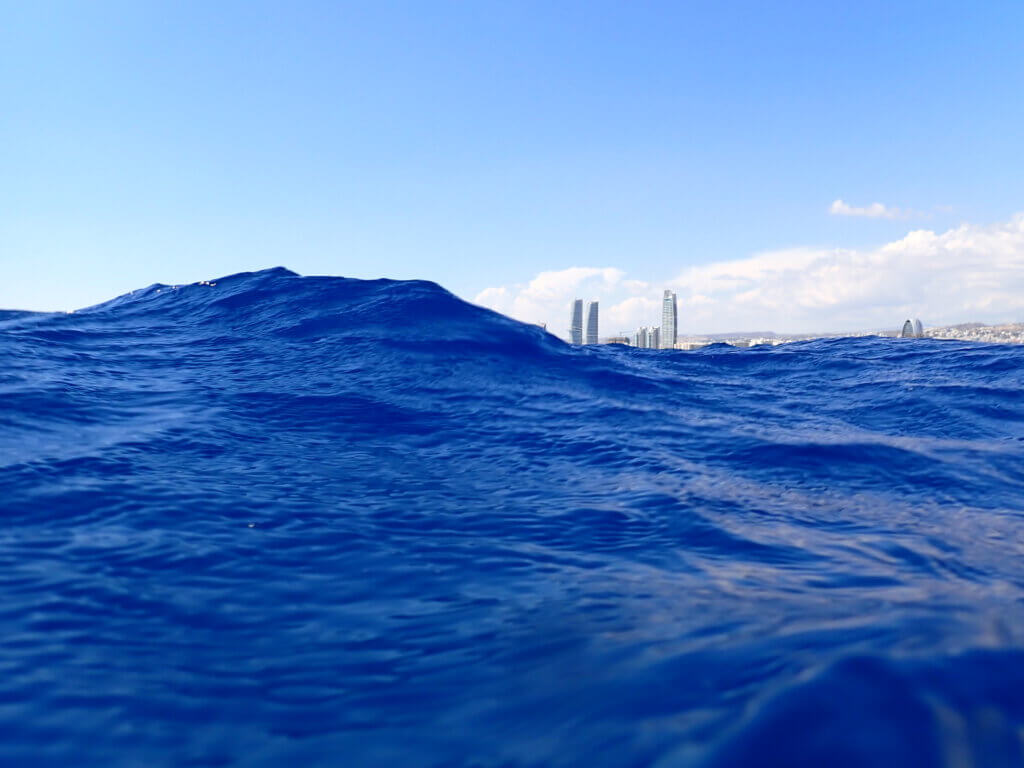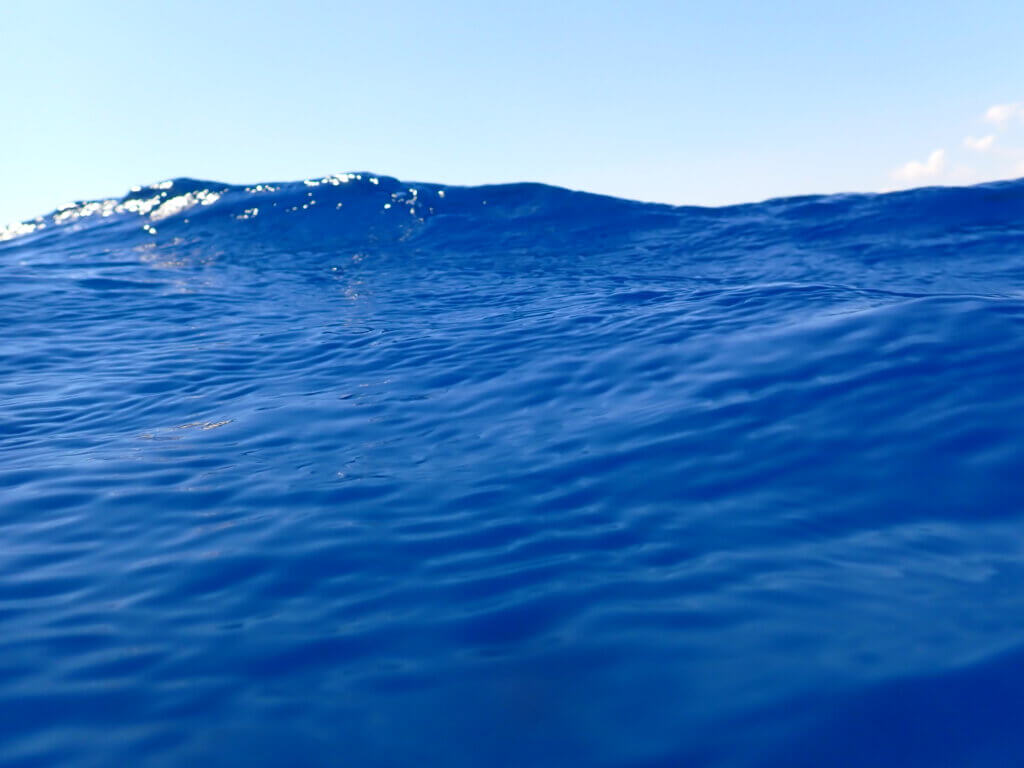
Currently reading “The psychology of climate change communication: A guide for scientists, journalists, educators, political aides, and the interested public” by Shome & Marx (2009)
This feels like a bit of a throwback to my science communication phase (for example reviewing the book “communicating climate change” in 2018, or “communicating climate change to young people” in 2014), but it’s always good to remind yourself of the basics…
This guide is a very helpful in-a-nutshell summary of climate communications:
- Know your audience! What mental models do they have, how do those lead them to interpret new information (especially in combination with the confirmation bias we all have)?
- Get your audience’s attention! And depending on who they are, frame your message differently.
- Some people have a promotion focus (concerned with advancement, striving towards an ideal, avoiding missed opportunities, etc), whereas others have a prevention focus (minimise losses, maintain status quo, etc), so the same concern would need to be framed differently depending on which of the two audiences one wants to appeal to.
- Highlight the local relevance, so that climate change isn’t just something that happens elsewhere
- Highlight the relevance of climate change right now, not just in the future
- Combine with a gain/loss frame, e.g. ‘losing less now instead of losing more in the future’
- Broaden the message to include national security, human health, …
- Translate data into something that people can experience — movies, images (remember the amazing climatevisuals.org for advice on which images to use to communicate about climate change, plus lots of images that even come with explanations for what purpose they work well, and why!), stories, etc — so they have emotional reactions to data
- Use understandable language. The typical example is “dating”, which carries very different meanings when talking about geology or everyday life… But then there are also examples like “value” that sounds like either ethics or money when it means numbers or quantity, or “manipulation” which sounds like exploitation. Or “positive feedback”, which isn’t about constructive feedback, but rather about self-reinforcing cycles. These types of tables are always good to have a look at! (Table 4, page 32) I used a similar table a lot when I was teaching science communication…
- Don’t overuse emotional appeals, so you don’t numb the audience with worry and also don’t oversell one action as the solution when really more and different things are required. [One idea here that I loved was the “Got a minute? Got a morning? Got a month?” tiered action suggestions, so people can start small and not be overwhelmed, but can then also grow bigger and have concrete suggestions for what to do then. I want to use that for my MOOC!]
- Address uncertainty
- Tap into social identities and affiliations. Here, for a much more comprehensive take, I would really recommend reading the book The Psychology of Collective Climate Action: Building Climate Courage, by Hamann et al. (2025). Free download here, summary on my blog coming soon!
- Encourage group participation (but understand that people participate in groups in many different ways, and for many different reasons). One note that I found super helpful here is the call to “Be aware that members of a group will interact outside of meetings. A meeting is only one part of the whole decision process.” Way too often we think that we can start one meeting exactly where the last one ended, when in fact a lot has happened informally since!
- Make behaviour change easier, by optimising the default option (choice architecture…), providing near-term incentives, …
Lastly, they have a very nice summary (with tips in bullet points, which I always appreciate (you would not have guessed from this blogpost, right?))! So, in a nutshell — worth checking out, especially as an introduction or refresher to climate communications!
Shome, D., & Marx, S. M. (2009). The psychology of climate change communication: A guide for scientists, journalists, educators, political aides, and the interested public.
Featured image and the ones below from a recent wave watching and freediving session…
I just love taking pictures of waves from water level!
Can you believe the water is this blue?


